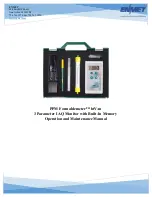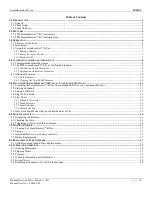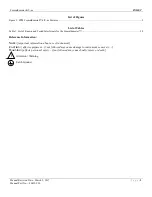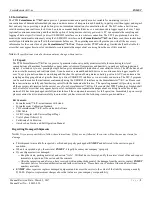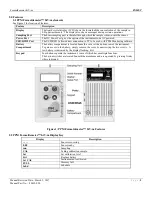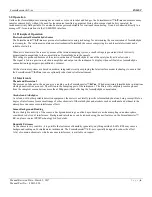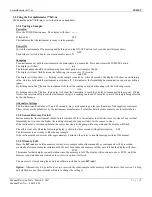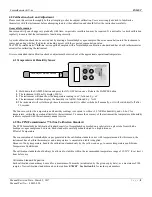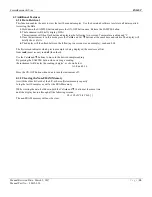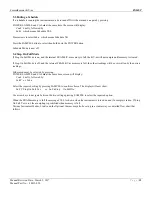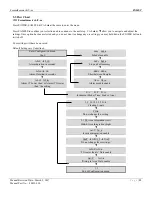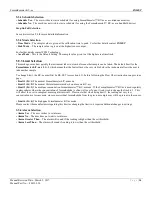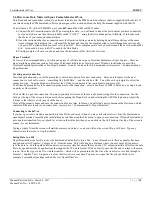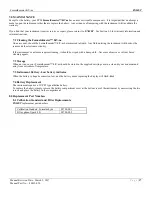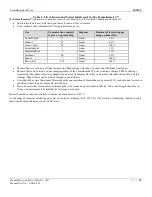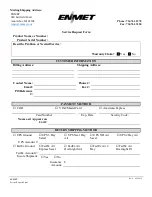
Formaldemeter htV-m
ENMET
Manual Revision Date – March 9, 2017
P a g e
|
6
Manual Part No. – 80012-020
3.0 Operation
Unlike other formaldehyde monitoring devices such as color stain tubes and badges, the Formaldemeter™
htV-m
can measure many
samples consecutively without the need for inconvenient ancillary equipment. Being ultra-compact and battery operated, the
instrument is truly field portable. It can also be mains powered suitable for continuous monitoring. It can be connected directly to a
manager PC for automation via the USB/RS232 interface.
3.1 Principle of Operation
Electrochemical Formaldehyde Sensor
The Formaldemeter™
htV-m
uses proven electrochemical sensing technology for determining the concentration of formaldehyde
in air samples. The instrument contains an electrochemical formaldehyde sensor comprising two noble metal electrodes and a
suitable electrolyte.
When air is drawn into the sensor by means of the internal sampling system, a small voltage is generated which is directly
proportional in magnitude to the concentration of formaldehyde in the sample.
This voltage is produced because of the electro-oxidation of formaldehyde at one of the catalytically active electrodes.
The signal is fed to a precision electronic amplifier and output on the instrument’s display, when calibrated, as formaldehyde
concentration in ppm (parts-per-million by volume).
All the electronic systems are based on modern, integrated circuitry employing the latest surface mount technology to ensure that
the Formaldemeter™
htV-m
is an exceptionally robust and reliable instrument.
3.2 Interferents
Phenol and Resorcinol
The presence of phenol in the air can give a reading on the Formaldemeter™
htV-m
. When monitoring formaldehyde in situations
where phenolic resins are used. These fit onto the sampling port of the instrument. The filters will completely remove phenol
from the sample at concentrations more than 1000ppm without affecting the formaldehyde concentration.
Alcohols and Aldehydes
As is found with other portable detection equipment, the meter is not totally specific to formaldehyde alone, being susceptible to a
degree of interference from a small range of other chemicals. Other aldehydes and alcohols such as methanol and ethanol in the
atmosphere can cause cross-interference effects.
Sensor Background Reading
Due to the high sensitivity of the sensor: a background reading can often be produced even when sampling in an atmosphere
considered to be free of interference. Background interference can be reduced using the new features on the Formaldemeter™
htV-m, please contact PPM Technology Ltd for details.
Humidity Extremes
As the sensor is very sensitive, it is possible that extremes of humidity (generally, anything outside 40-60% RH) may cause a
background reading on Formaldemeter instruments. The Formaldemeter™ htV-m is specially designed to reduce the effect.
A list of common chemicals, which can cause interference, is available on request.

